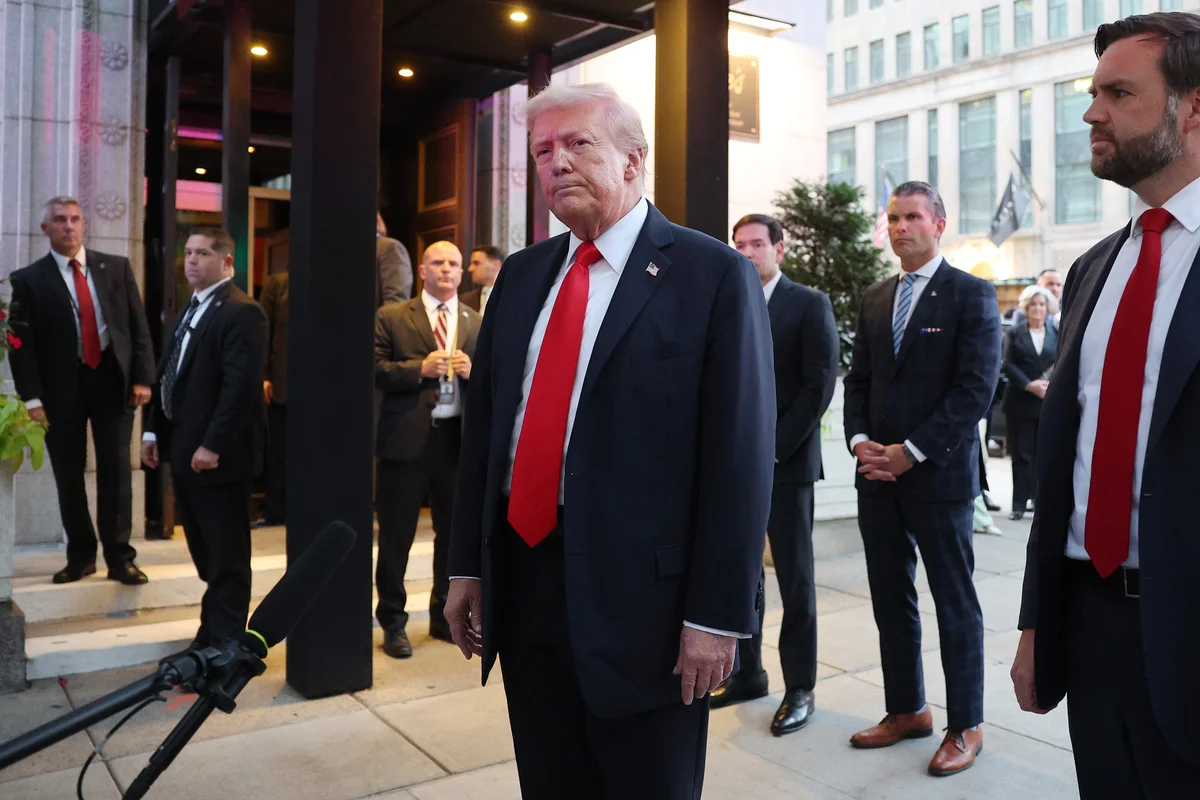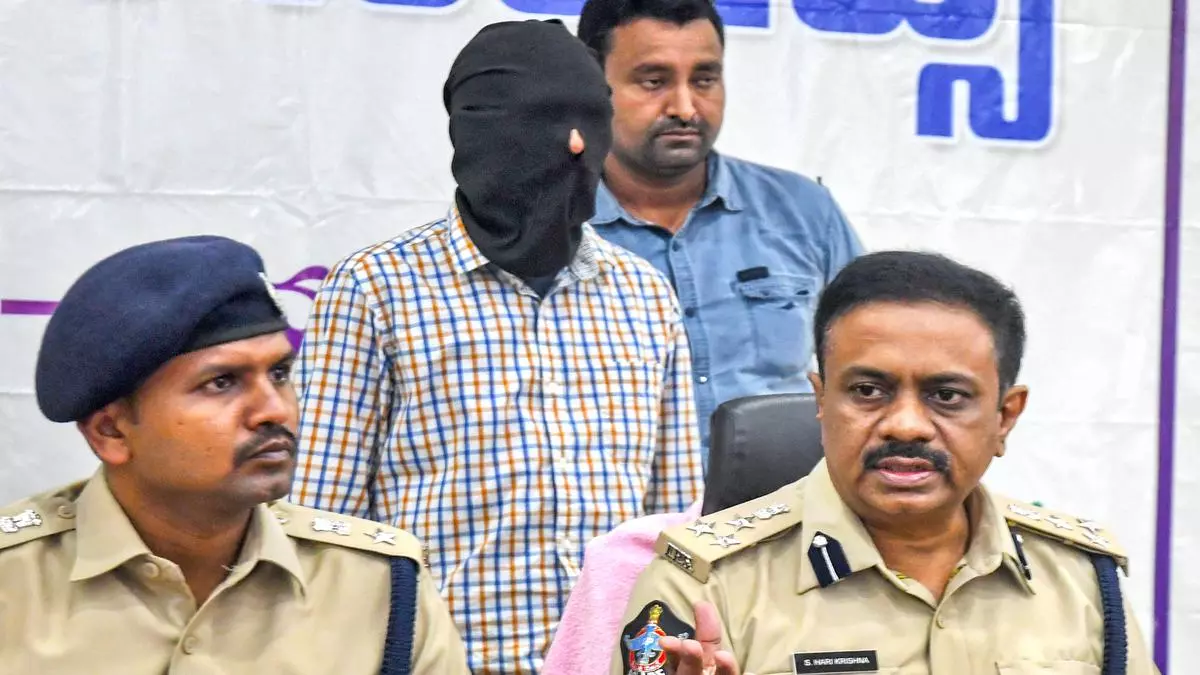By Aanchal,Suvojit Chattopadhy
Copyright idronline

A recent Foreign Affairs essay, ‘The End of the Age of NGOs’, speaks of the global retreat of civil society organisations. It describes shrinking aid budgets, deepening public scepticism, and a wave of government restrictions that have steadily blunted NGOs’ power. The post-Cold War moment, during which NGOs were hailed as agenda setters, watchdogs, and service providers, has gradually given way to a harsher reality in which governments have clawed back control while donors have steadily pulled back funding.
I am reading this essay from India. The story here is a bit different, although the broad contours remain the same. In India, different models of NGOs, or nonprofits, and civil society organisations co-exist, which is inevitable in a country this size. Creeping government control is familiar. Public scepticism, we have seen. Strangling nonprofits by restricting their access to foreign funds has long been the established playbook. Declaring civil society activists and nonprofits anti-national is a relatively recent phenomenon but has already proved alarmingly effective. It should be clear that a healthy civil society isn’t a social sector concern alone; it is central to the health of our democracy as it affects citizen voice, accountability, and policy innovation.
The squeeze is real. The sector is in search of a reinvention. Different parts of civil society have different strengths, vulnerabilities, and operating cycles. Some are long-standing institutions with deep roots, some provide steady day-to-day functions, and some are experimental efforts that may or may not flourish, but together they provide balance and resilience.
The many faces of civil society in India
At one end are local, member-owned organisations—self-help groups (SHGs), federations, cooperatives, producer companies. These were originally established to enable collective savings, improve bargaining power, and secure livelihoods for their members. They operated on the basis of community-level trust and social capital, and were a means of giving communities a measure of economic and social agency. These organisations are potentially among the most stable actors in the system as by design, they draw funds from members and markets, answer to their members and communities, and operate outside the FCRA’s ambit. However, they have for long not lived up to their promise, with the exception of, say, an Amul. Gaps in capacity and legal protection of members’ funds persist, yet they often survive despite these weaknesses because they are seen as quasi-state. One way for these grassroots bodies to endure is by providing the networks and credibility on which others can build. If the other forms of organisations (described below) can tap into the networks and trust these member-owned organisations enjoy, they can gain reach, legitimacy, and access to communities while being responsive to them.
Operating alongside them are service-delivery organisations that have successfully moved from foreign funding to government funding. They are likely to survive, but the question is how many can do more than function as government contractors delivering to their client. Their credibility depends on their ability to deliver while resisting government capture. Stability is possible if they diversify into paid models such as fee-for-service lines, technical assistance, and similar products, while continuing to innovate at the margins with domestic CSR funds. For instance, they could keep providing training programmes for frontline government staff, offering monitoring and evaluation services for CSR projects, and running community health or education centres where users contribute modest fees (and the government, a service fee). These are revenue streams tied directly to services where nonprofits have the know-how but are structured to recover some costs. They could also branch into ‘selling’ technical assistance services to state governments and municipalities on implementing and monitoring flagship social sector schemes, supporting local bodies with data systems, or helping corporations design inclusive CSR projects. If they can keep a small independent policy and innovation core alive, they might contribute beyond delivery and provide new ideas for other actors in the sector.
Sustained engagement on issues such as migrant workers’ rights, freedom of expression, and diversity and inclusion will be important.
More vulnerable are advocacy organisations. They operate in far more precarious conditions but can have outsized impact when the political climate allows. They will need legal savvy and politically agile, deploying peaceful guerilla tactics to pierce the non-transparent façade that governments hide under. Strategic litigation (for instance, filing PILs with the courts to hold government agencies or corporations accountable), use of disclosure and transparency laws such as the Right to Information, smart coalitions with political organisations, and domestic crowdfunding may be their most effective tools. Winning back the apathetic middle class will be difficult in these politically polarised times. Building alliances with workers’ unions, SHGs, and grassroots networks can help them stay relevant, and sustained engagement on issues such as migrant workers’ rights, freedom of expression, and diversity and inclusion will be important. When linked to the credibility of member-owned formations and the data resources of civic tech players, advocacy groups can anchor their campaigns in lived realities while also amplifying them with evidence. This can help carry their voice further, but only if they find ways to make these partnerships work.
A smaller category is international NGOs (INGOs), which can only survive if they continue to localise in a real sense. This has already happened in India to a large extent, and it is no longer a sub-sector of significant size. The INGOs that adapt best will reposition themselves as service platforms for local actors, handling compliance, procurement, and specialised training, while leaving agenda-setting in Indian hands. In an FCRA regime that restricts sub-grants, this looks increasingly difficult.
Then there are think tanks and policy shops, which have mushroomed in the last decade. They have shown that they can thrive if they secure endowments from domestic foundations and philanthropists. Some have succeeded by staying apolitical—that is to say they avoid contentious political questions of freedom of expression, communal slander, oppression of minorities, and repression of critics. It’s a conscious choice for those who prefer to focus on policies and processes aimed at making the Indian state and society more productive. They will continue to thrive for now, because the government sees them as allies. But by avoiding core questions of rights and freedoms, they risk narrowing their relevance to the wider public sphere as civil society actors. Their value to the sector could grow if they partnered more directly with grassroots organisations, offering research, data, and policy framing to strengthen field-level campaigns.
Finally, an emerging and dynamic category is the new-age start-ups including tech-based innovations, data transparency groups, citizen-funded media, civic tech apps tracking welfare delivery, independent data journalism outfits, and crowdfunding-driven investigative platforms. These actors have the agility to adapt quickly, the fresh thinking to be subversive in an unfree political climate, and the ability to present issues in ways that engage new audiences. They can have low overhead expenses; be domestically fundable; and prove useful to citizens, media, and even local governments. Their main challenge will be to democratise the conversations they are having, breaking out of urban elite enclaves to connect with communities in the heartland and beyond. If they embed themselves in local membership networks, they could strengthen the reach and adaptability of civil society as a whole.
Collaboration is the way forward
The future of civil society in India will not rest on any single model. It will depend on how these different forms of organisations work together to build on each of their strengths. At their best, they can work to complement one another on the ground—with grassroots organisations lending legitimacy, service delivery nonprofits offering lessons from delivery, advocacy groups keeping the state in check and pushing boundaries, think tanks framing issues and disseminating evidence, and civic tech outfits bringing in data and new audiences. If such alliances take root, the sector will remain resilient and inventive even in the face of the broader funding crunch.
The challenge is to remain diverse, adaptive, and rooted, indispensable to the communities that give NGOs their reason to exist.
The opportunities for collaboration are plenty. New alliances between civic tech players and the local member-led organisations could democratise data and strengthen welfare entitlements. Partnerships between think tanks and advocacy groups could lend rigour and legitimacy to rights campaigns. Service NGOs that maintain a small independent innovation core could help scale ideas that originate in grassroots spaces. Even INGOs, if they reposition fully as service platforms, could support compliance and training without dominating agendas. These are pathways to building a civil society that is both imaginative and grounded.
But there is no guarantee that this is the trajectory the sector will take. If different actors retreat into their own silos, the result will be a fragmented sector that is unable to exert any meaningful influence. Member-owned organisations are probably at best going to remain community mobilisation platforms for the roll-out of large public programmes. Further, if think tanks restrict themselves to technocratic debates, if civic tech stays confined to elite enclaves, and if advocacy groups remain isolated, then civil society’s diversity will exist only on paper, not in impact. Avoiding that fate will require not only resisting political pressure but also confronting uncomfortable internal truths—elite capture, dependency on narrow funding streams, and the temptation to withdraw into safe but inconsequential work.
Donors and others who want to support NGOs in India will have to lean into the diversity of form and function at these different types of organisations and insist on fruitful conversations between them. This will mean a multiplicity of funding and partnership models—all while requiring that these nonprofits stay committed to the public good, rather than seek the approval of donors or governments. The challenge is to remain diverse, adaptive, and rooted, indispensable to the communities that give NGOs their reason to exist.
Understand why civil society organisations must build multi-stakeholder coalitions.Learn how restrictions on civic space in India are shaping the independence and work of civil society organisations.



